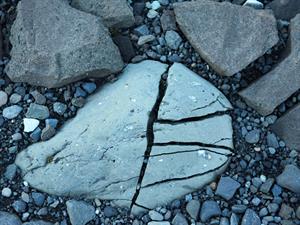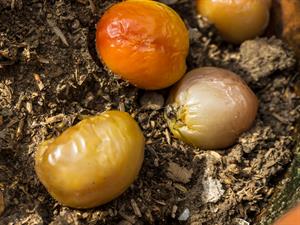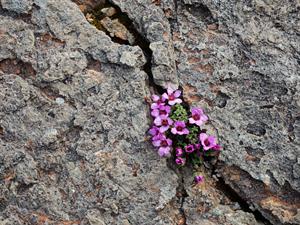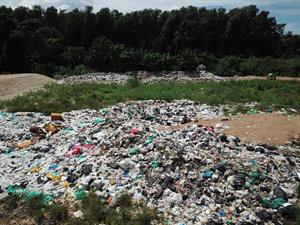
PUMPA - SMART LEARNING
எங்கள் ஆசிரியர்களுடன் 1-ஆன்-1 ஆலோசனை நேரத்தைப் பெறுங்கள். டாப்பர் ஆவதற்கு நாங்கள் பயிற்சி அளிப்போம்
Book Free DemoSoil, the first layer of the earth crust, is known as soil. It is a biologically active and porous medium.
Soil contains air, water, humus, microorganisms and minerals. They intensifies the quality and fertility of the soil and also provides nourishment to plants. Soil indeed decides the diversity of lives in that area.

1. Physical process of soil formation:
- Sun
- Water
- Wind
Sun:
The expansion and contraction of rocks result in rock breaking due to crack formation. The sun's rays heat the rocks and result in expansion, and similarly, the cooling down of rocks at night takes place( land breeze occurs at night which is cool).
Water:
Water flowing on rocks for a long time results in the wearing of rocks, and also the water flowing on cracked rocks at night freezes and is further breaks due to freezing of water. Thus, rocks breaking into smaller particles are further carried away by the water flow and deposited as soil.
Water flowing on rocks for a long time results in the wearing of rocks, and also the water flowing on cracked rocks at night freezes and is further breaks due to freezing of water. Thus, rocks breaking into smaller particles are further carried away by the water flow and deposited as soil.
Wind:
The moving air is known as wind. Strong winds erode the rocks and move the small particles of rocks from one place to another.
The moving air is known as wind. Strong winds erode the rocks and move the small particles of rocks from one place to another.
2. Chemical process of soil formation:

The chemical reactions, such as hydrolysis, oxidation, reduction, evaporation, and condensation, also results in soil formation. The decomposition of organic substances leads to a breakdown of complex compounds into simpler forms releasing acidic substances.This also causes soil formation.
3. Biological process of soil formation:

Non-vascular plants such as lichens and mosses growing on the rocks release certain chemicals(oxalic acid) that break down the rock and form soil. Also, the roots of plants and trees that grow on the rocks widen cracks in rocks (due to penetration of roots) and form soil.
Minerals rich in soil:

The dead remains of plants and animals in the soil is known as humus. It is present in the top layer of the soil, along with microorganisms.
The mineral present in the soil is determined by the rock from which the soil is formed. There are around 45% of minerals present in the soil and air, water in 25%, and some organic matter and living organisms. Sodium, nitrogen, and potassium are common minerals found in soil. There are also other minerals found in the soil such as gypsum, hematite, limonite, gibbsite, calcite, etc.
Soil pollution:
Earthworms are called farmers friend who helps make rich humus in the soil. The synthetic fertilisers used for agriculture kill the microorganisms and destroy the soil structure, which turns the fertile soil into barren land.

The open dumps, landfills, municipal solid waste, construction waste or debris, hazardous waste pollutes the soil. Deforestation also causes soil erosion, where the top layer of the soil erodes, making it unfit for plant growth.